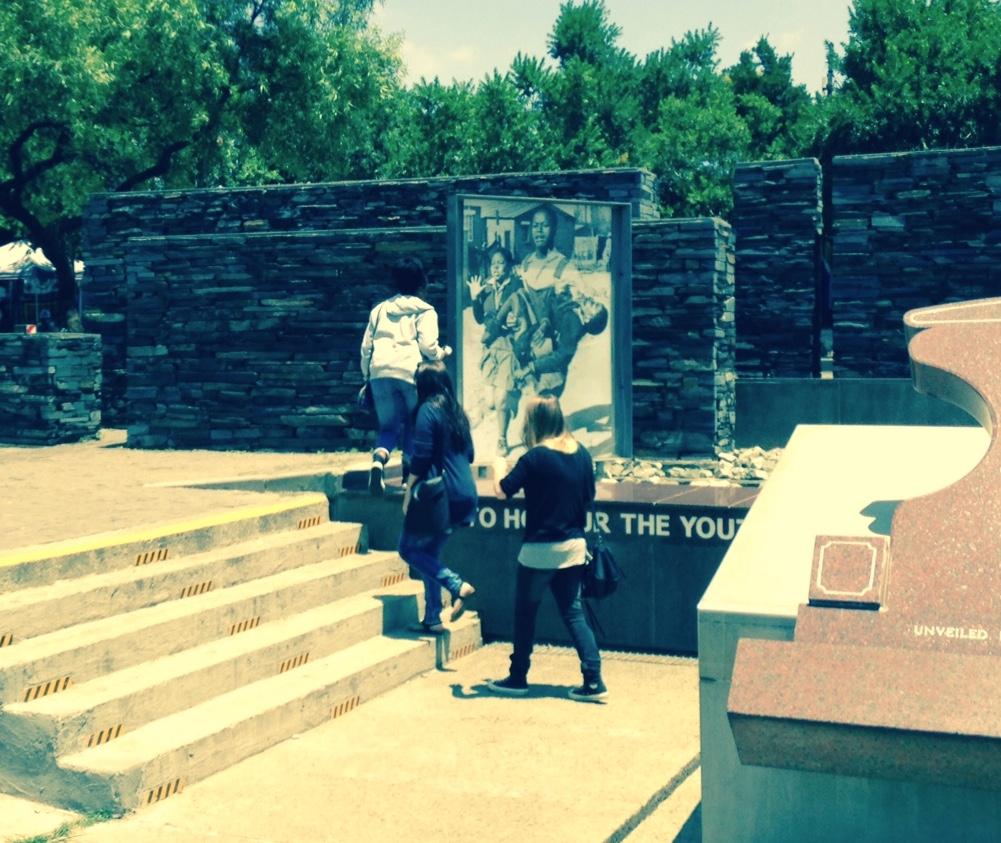It was with deep sadness that I learnt of the passing on of Mr Sam Nzima, veteran photographer, father and grandfather. Though he lived in the province of Mpumalanga most of his late adulthood years, he was in many respects also a very big part of Johannesburg.
As a photographer for the World Newspaper during the apartheid era, he documented the June 16 1976 uprisings. His world-recognised photograph of Hector Pieterson in the hands of Mbuyisa Makhubu with Hectors’ sister Antoinette Sithole running alongside, captured the imagination of the world, and exposed the brutal repression that was the order of the day. In one picture, he exposed the brutality and mercilessness that the black youth in South Africa was exposed to. Although a still picture, he animated the struggle of the black child in South Africa.
Nzima paid the price for his sharp eye; and had to go into hiding for quite some time as he was constantly harassed by the police. This was a fate he faced together with his colleagues Peter Magubane and Mike Mzileni, to name a few. The World Newspaper was subsequently banned.
Post 1994, when the history of South Africa was being re-written, Nzima’s photography took centre stage. His picture of Pieterson was reproduced and reimagined as public art in the form of a sculpture which animates the City of Johannesburg’s Hector Pieterson Museum in Soweto.
His photographs, together with those of his fellow photo journalists, have been the subject of many dissertations. The complex role Nzima and his fellow photo journalists played in our society is best captured by Dr Helena Pohlandt-McCormick who unearthed the 1976 archive in the following words:
“Images of the Soweto uprising have stayed with the struggle against apartheid through the years and have captured the collective imagination. As stories they became part of the discourse of liberation or, in the hands of apartheid's spokesmen, part of the rhetoric of the necessity of suppression of threats to the security of the state. As photographs they became part of the inventory of public history or, in the past, material evidence or documentation for the government's investigations.”
Sam Nzima will continue to live through his work. May he rest in peace and rise in glory. May his family and loved ones find comfort in knowing that he wrote his name in the history books of South Africa. He left an indelible mark, and he will always be remembered and celebrated.
Disclaimer: Any views expressed by individuals and organisations are their own and do not in any way represent the views of The Heritage Portal.

